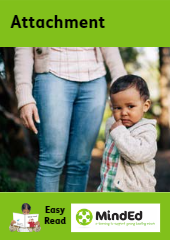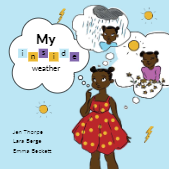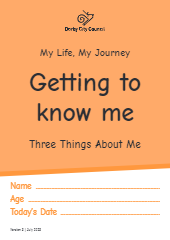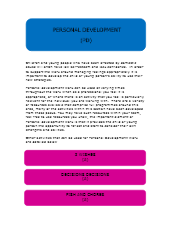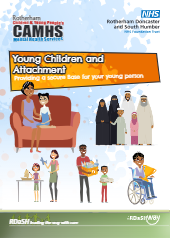 “Young Children and Attachment: A Guide for Parents and Carers to Provide a Secure Base” is an essential resource developed by Rotherham Children & Young People’s CAMHS, aimed at enhancing the attachment relationship between young children and their caregivers. The guide explores the fundamental principles of attachment theory, which posits that infants are biologically predisposed to form attachment relationships for security and comfort. It addresses common causes of early attachment issues, such as difficult pregnancies, parental health difficulties, and changes in caregivers, which can disrupt the caregiving cycle and impact a child’s behaviour and emotional development.
“Young Children and Attachment: A Guide for Parents and Carers to Provide a Secure Base” is an essential resource developed by Rotherham Children & Young People’s CAMHS, aimed at enhancing the attachment relationship between young children and their caregivers. The guide explores the fundamental principles of attachment theory, which posits that infants are biologically predisposed to form attachment relationships for security and comfort. It addresses common causes of early attachment issues, such as difficult pregnancies, parental health difficulties, and changes in caregivers, which can disrupt the caregiving cycle and impact a child’s behaviour and emotional development.
The core of this guide is its focus on providing a secure base for children, an environment that reduces anxiety and fosters confidence, security, and resilience. It outlines several key practices for caregivers, including being available, sensitive, nurturing, building self-esteem, managing the environment, and fostering cooperation. These practices are designed to support children in developing trust, understanding and managing their emotions, and feeling valued and competent.
Being available involves maintaining a predictable and reliable structure in daily life, which helps children feel safe. Sensitivity towards a child’s emotional states and behaviours enables caregivers to guide them in understanding and expressing their feelings appropriately. Nurturing includes offering comfort and physical affection, ensuring the child feels cared for and worthy of love. Building self-esteem is about creating opportunities for success and recognising the child’s efforts and achievements, which is crucial for their self-worth.
Managing the environment to reduce overstimulation and providing calm, focused activities can help children regulate their emotions and behaviour. Encouraging cooperation by working alongside the child, offering choices, and setting clear, understandable boundaries promotes a sense of effectiveness and participation in their own care.
This guide also suggests practical activities and games that foster these principles, such as trust-building exercises, emotional expression through art, soothing and comforting interactions, activities to build self-esteem, and strategies for reducing stimulation. These activities are not only beneficial for the child but also strengthen the caregiver-child relationship.
In summary, “Young Children and Attachment” serves as a comprehensive manual for parents and carers, offering strategies and insights to nurture a secure, healthy attachment with their young children. By following the guidance and activities proposed, caregivers can support their children’s emotional and psychological development, laying the foundation for a resilient and confident future.
FREE PDF DOWNLOAD OF YOUNG CHILDREN AND ATTACHMENT: GUIDE FOR PARENTS/CARERS TO PROVIDE A SECURE BASE
SIMILAR FREE RESOURCES
My Child and I – Attachment for Life: Guide for Parents/Carers
“My Child and I – Attachment for Life” is a comprehensive guide designed for parents and caregivers of children aged 0 to 3 years. It provides essential insights and practical activities to foster a secure attachment between the child and their primary caregivers. The resource highlights the importance of responsive, affectionate interactions, such as comforting the child, providing care, and engaging in meaningful communication, to establish a foundation of trust and security.
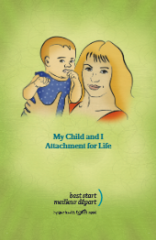
Attachment: Easy Read Booklet
The “Attachment – Easy Read Booklet” is a simplified guide that explains the concept of attachment, a fundamental emotional bond that develops between a child and their caregiver. It explores how a secure attachment leads to positive social outcomes, like forming friendships, while highlighting the challenges of insecure attachments and their impact on a child’s ability to cope with different situations. The booklet also discusses attachment disorders and offers strategies to support children with attachment problems, emphasizing the importance of patience, consistency, and ensuring a sense of safety for the child.
